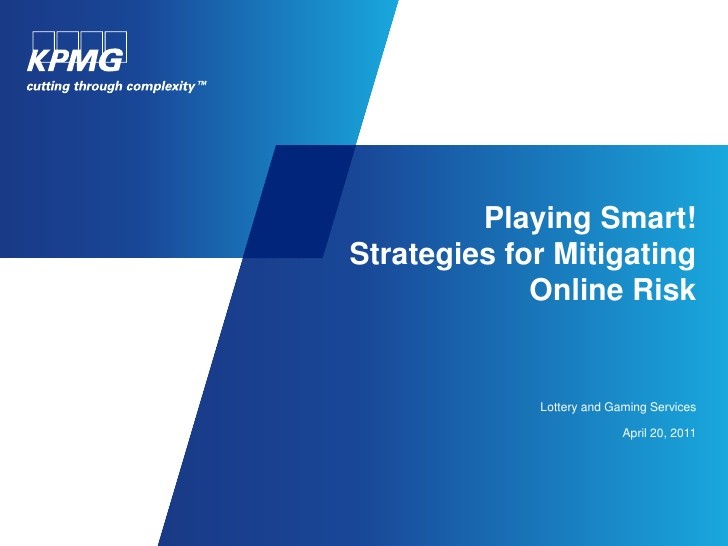Rules of the Game Mitigate Risk
Post on: 1 Июль, 2015 No Comment

rax
LQD
BND
HYG
One of the tenets of portfolio construction is to allocate assets to mitigate risk. Investors accustomed to focusing on equity markets often misunderstand that concept. For example, I recently worked with a client who believed she had a conservative portfolio because she was invested mainly in large-cap, dividend-paying stocks. She was not factoring in the risk inherent in an all-equity portfolio.
In a different vein, I know another investor who is concerned about her fairly late start. She is 70, and believed an aggressive growth-stock strategy would provide a fast way to make up for lost time. In this case, the investor was ignoring the downside risk of high-beta stocks. One of her significant positions was Rackspace Holdings (RAX ), which rallied to a high in January but has skidded 50% year-to-date.
Think about that for a second. In a relatively small portfolio, a significant holding in a high-beta mid-cap like Rackspace is adding more risk than necessary.
So what is the way to construct portfolios to take advantage the old buy low, sell high concept. It’s not about spotting an exact bottom in a market or in an individual security. Anybody who claims to do that is lying, delusional or just lucky.
Instead, it’s about including the proper asset mix that allows you to rotate out of investments that are extended following a run-up, and into those that you can buy at fire-sale prices.
That’s why a mix of equity and fixed income makes so much sense. You can’t relax about your equity holdings because some are nice, sedate Dow Jones Industrial Average components and others are volatile microcaps. The idea that the safe larger caps will offset the so-called riskier equities isn’t the optimal way to approach the asset mix.
As the Federal Reserve backs off its quantitative easing program and yields rise, bond prices run in the opposite direction. High-yield and long bonds were hit especially hard.

One of the instruments we use to introduce fixed-income exposure into client portfolios is the iShares Investment Grade Corporate Bond ETF (LQD ). When people think bonds, they usually think about the 30-year Treasury. But corporations with investment-grade bonds tend to pay their debt. That’s why the bonds are investment-grade. In many of our client portfolios, we tactically allocate into the intermediate-term corporates via the LQD.
We also hold a position in the Vanguard Total Bond Market ETF (BND ). This ETF consists largely of medium-duration government bonds, though there is a smattering of corporates among the holdings, as well.
But we also reserve a place, when market conditions warrant, for high-yield, in the form of the iShares High Yield Corporate Bond ETF (HYG ). This ETF tracks the Markit iBoxx USD Liquid High Yield Index, which was designed for use in ETFs. Average credit quality of the ETF’s holdings is B. Average duration is just shy of four years.
This past week has been quite a reminder of the risks inherent with any type of investment. While investors have gotten paid to take on high yield’s extra risk, they also got smacked around recently, with HYG plummeting nearly 2% as of Friday’s close.
There’s no question that high-yield is an especially volatile corner of high-yield. For that reason, it’s not prudent to construct a portfolio with HYG or any other high-yield vehicle as a core component. Rather, it should be considered an investment that augments others, and it often makes sense to keep position size small.
At the time of publication, Stalter and clients were long LQD and BND.














